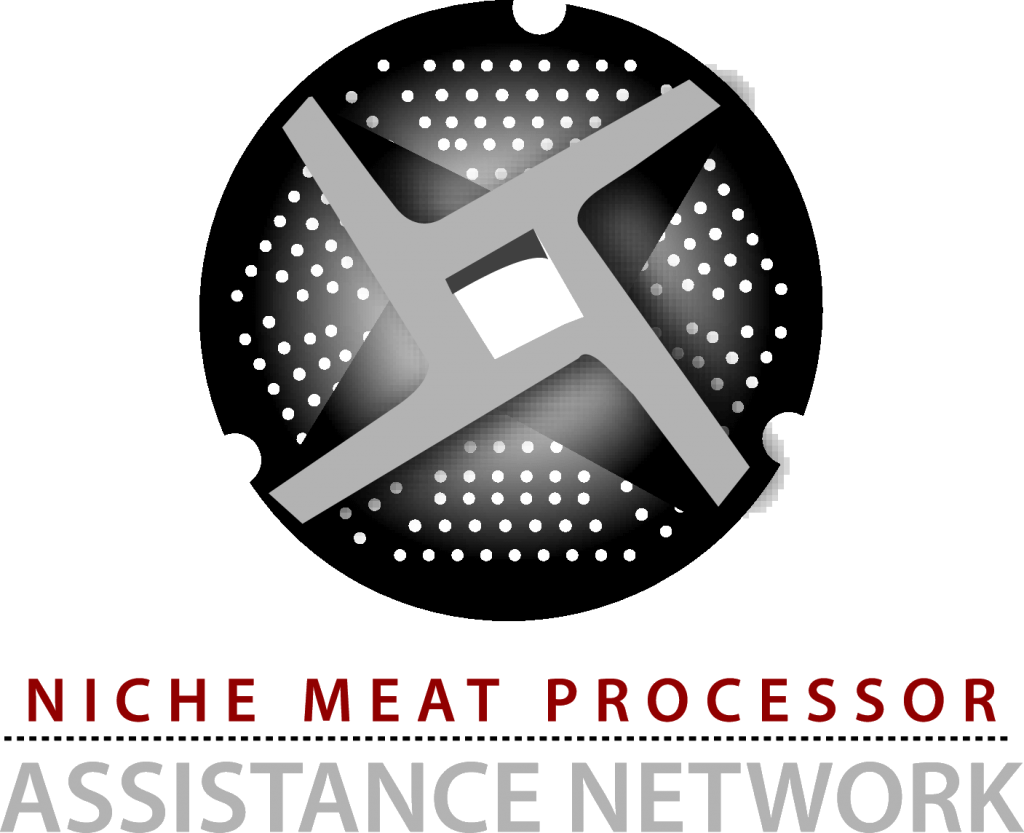Step 2: Obtain a Sewage System Letter
State or local health authorities can provide a letter stating that the plant’s sewage system is acceptable. If a state or local authority certifies the water source (Step 1), they may also certify the sewage system in the same letter. Resource Sample Letter for Approved Sewage System This sample also contains a sample letter for […]
Step 2: Obtain a Sewage System Letter Read More »


